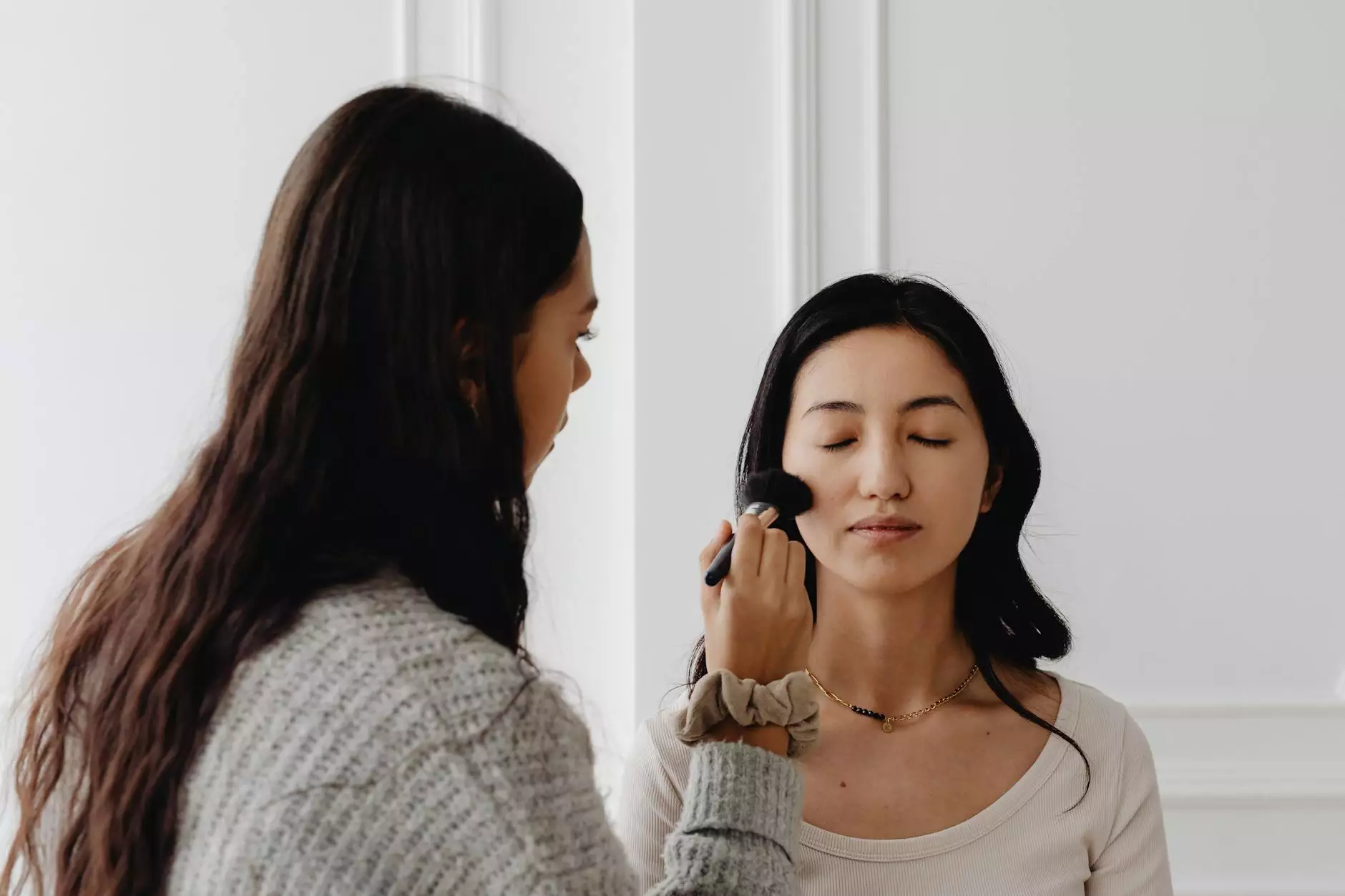Understanding **Blepharoplasty**: A Comprehensive Guide

In the realm of cosmetic surgery, one of the most sought-after procedures is blepharoplasty. This surgical intervention is designed to enhance the appearance of the eyelids, thereby creating a refreshed and youthful look. In this detailed article, we will delve into everything you need to know about blepharoplasty, including its benefits, the procedures involved, recovery expectations, and much more.
What is Blepharoplasty?
Blepharoplasty, commonly referred to as eyelid surgery, is a surgical procedure that aims to correct various cosmetic and functional issues related to the eyelids. This surgery can be performed on both the upper and lower eyelids. It involves the removal of excess skin, muscle, and fat to restore a more youthful appearance.
Types of Blepharoplasty Surgeries
- Upper Eyelid Surgery: Addresses sagging skin that can impair vision and create a tired appearance.
- Lower Eyelid Surgery: Reduces puffiness and improves the appearance of bags under the eyes.
- Asian Blepharoplasty: Creates a double eyelid fold in individuals who desire this aesthetic change.
Why Consider Blepharoplasty?
The motivations behind seeking blepharoplasty vary from person to person. Here are some compelling reasons to consider this procedure:
- Aesthetic Enhancement: Many individuals seek blepharoplasty to improve their facial aesthetics, making them look more vibrant and youthful.
- Functional Improvement: For some, sagging eyelids can obstruct vision, making it difficult to perform daily activities.
- Boosted Self-Confidence: A refreshed appearance can lead to increased self-esteem and confidence, positively impacting a person’s social and professional life.
The Blepharoplasty Procedure
Understanding the blepharoplasty process can alleviate concerns and help individuals prepare for surgery. Here’s a step-by-step overview of what to expect:
1. Initial Consultation
The journey begins with a comprehensive consultation. During this appointment, the plastic surgeon will:
- Evaluate your eyelids' condition and discuss your goals.
- Review your medical history and any medications you are taking.
- Explain the surgical options and techniques, as well as potential risks and recovery timelines.
2. Preparation for Surgery
Preparation is crucial for a successful outcome. Your surgeon may provide specific guidelines, such as:
- Avoiding certain medications, supplements, and herbal remedies that may affect bleeding.
- Arranging for someone to drive you home post-surgery.
- Discussing anesthesia options to ensure comfort during the procedure.
3. The Surgery
The actual surgical procedure for blepharoplasty typically occurs in a surgical center or hospital and can last between one to three hours. Here’s what happens:
- The area is numbed, and intravenous sedation or general anesthesia is administered.
- Incisions are carefully made along the natural folds of the eyelids to hide scars.
- Excess skin, muscle, and fat are removed or repositioned to achieve desired results.
- The incisions are then closed with sutures, which may be absorbed over time.
Recovery After Blepharoplasty
Post-surgery recovery is a critical phase that affects the overall outcome. Here’s what you can expect:
Initial Recovery Timeline
- First Few Days: Expect swelling and bruising around the eyes, which is normal.
- Week One: Sutures may be removed between days 3 to 7; follow your surgeon’s advice for wound care.
- Weeks Two to Four: Most swelling and bruising subside significantly, allowing you to return to daily activities.
Long-term Care and Follow-up
Post-operative follow-up visits are essential to monitor your healing. Additionally, key long-term care tips include:
- Protecting your eyes from sun exposure until healing is complete.
- Using prescribed ointments or drops to keep the eyes moist.
- Avoiding strenuous activities until cleared by your surgeon.
Risks and Considerations of Blepharoplasty
As with any surgical procedure, blepharoplasty carries some risks. It’s essential to be mindful of these potential complications:
- Infection: Although rare, infections can occur and may require additional treatment.
- Scarring: While incisions are made in natural folds, some patients may develop noticeable scars.
- Dry Eyes or Eye Irritation: Some individuals report temporary dryness, requiring proper management.
- Vision Changes: Rarely, patients may experience changes in vision, although this usually resolves with time.
Choosing the Right Surgeon for Blepharoplasty
One of the most critical decisions you’ll make in your cosmetic journey is selecting a qualified surgeon. Here are key factors to consider:
- Board Certification: Ensure the surgeon is certified by relevant boards such as the American Board of Plastic Surgery.
- Experience: Inquire about the surgeon's experience with blepharoplasty procedures, specifically their outcomes and patient satisfaction.
- Before and After Photos: Reviewing previous patients' results can provide clarity on the surgeon's skill level.
- Patient Reviews: Researching testimonials and reviews can help gauge patient satisfaction and experiences.
Conclusion
In conclusion, blepharoplasty is a transformative procedure that can significantly enhance both your appearance and quality of life. Whether you’ve been struggling with sagging eyelids or simply wish to rejuvenate your look, understanding this process is the first step towards making an informed decision.
Always consult with a qualified plastic surgeon, such as those at mustafabagli.com, to gain personalized insights and determine if blepharoplasty is the right option for you. Embrace the opportunity to look your best and boost your confidence through this advanced cosmetic surgery.
Frequently Asked Questions (FAQ) about Blepharoplasty
1. How long does the blepharoplasty procedure take?
The procedure typically lasts between one to three hours, depending on whether both upper and lower eyelids are being operated on.
2. What is the recovery time for blepharoplasty?
Initial recovery may take one to two weeks, with full healing and the final results visible in several months.
3. Will insurance cover my blepharoplasty?
If blepharoplasty is performed for medical reasons, such as vision obstruction, insurance may cover a portion of the costs. It’s best to check with your provider for specifics.
4. Are there non-surgical alternatives to blepharoplasty?
Yes, there are non-surgical options such as fillers and Botox that can temporarily rejuvenate the eye area, though they may not provide the same lasting results as surgical procedures.









